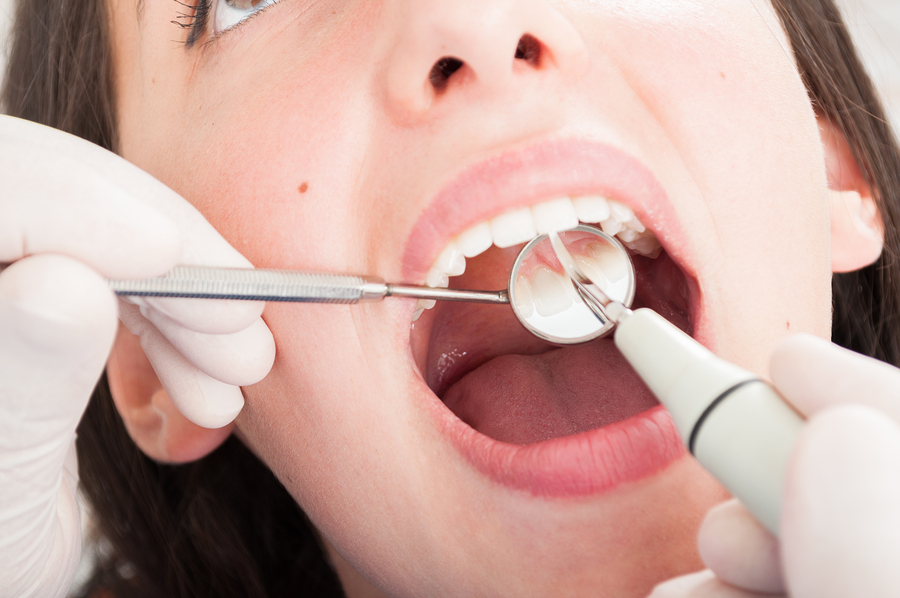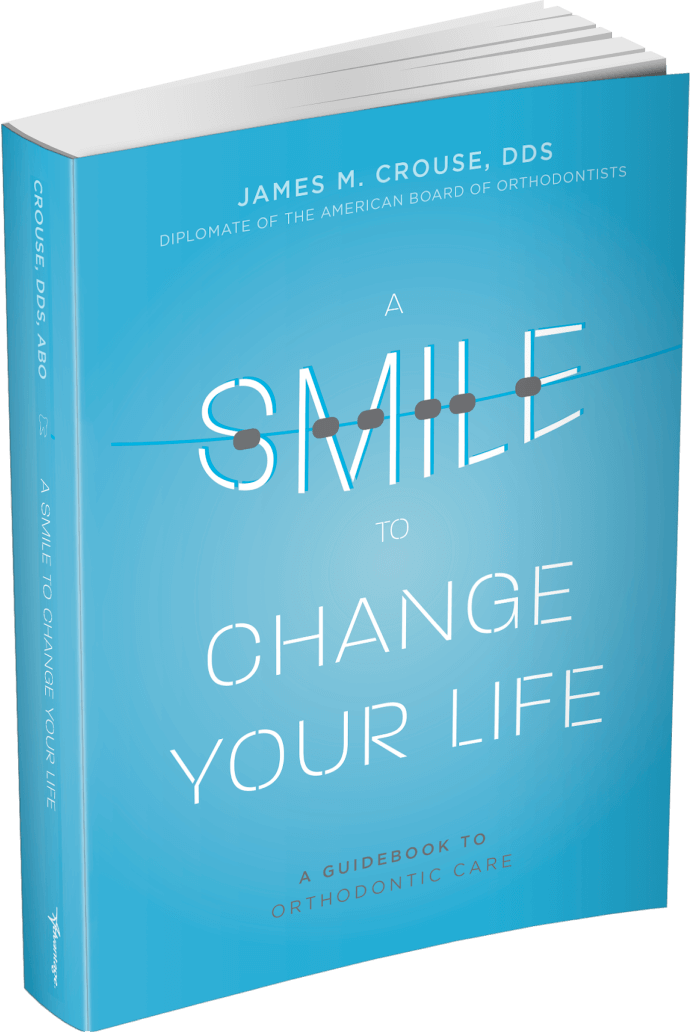One undeniable pearl of wisdom I’ve learned in my more than 25 years as a practicing orthodontist is that honest, transparent dialogue between doctor and patient is crucial to a successful outcome. That means being straightforward and clearly communicating the “ what ” and “ why ” when a patient is undergoing with treatment.
At my office, most patients come with set of preconceived notions about their visit. Some of them, I know, are genuinely fearful about treatment of any kind. That’s human nature, and completely understandable. Fear of the unknown can be a powerful emotion.
Just think about the last time you were stuck in an airplane on the tarmac. You planned a trip, bought your ticket, boarded the plane, and expected to be on your way as scheduled. Then, for some unexplained reason, the plane doesn’t leave. It’s an unsettling feeling, isn’t it? There you sit, belted into your seat waiting for answers. While you’re waiting, it can be difficult to remain calm. So people start brooding. Some get nervous, others irritated. The imagination can even get the better of some. Finally, when the pilot or a flight attendant announces the reason for the delay—what is happening and why—then everyone relaxes a little.
Sharing the “what” and “why” helps a person adjust to any situation they are in. When questions are answered and people are informed, they let down their defenses, become more cooperative, and make better-informed decisions.
At my orthodontics practice, we believe that’s the kind of treatment patients deserve. When a patient comes to have their teeth examined, we believe that communication is the key to helping them understand what their treatment is about, and why we recommend what we do.
Just as we share information, I also want patients to ask us questions. Will the procedure hurt? How long will it take? What are you going to do? How long do I have to keep my mouth open? These are some of the most common questions we hear from our younger patients. Parents or adults, meanwhile, tend to express concerns such as: Why does my child need braces? How much will this cost? How am I going to pay for it?
Whatever the question, I believe you should ask your provider. If you don’t understand what you’re being told, then we need to know so we can do our best to clarify it for you.
I believe give-and-take communication is important to orthodontic care because I truly want people to be informed consumers: Orthodontic treatment is a major investment, and I want people to be able to discern quality information from all the disinformation that is available today.
Health care, in my view, is a service industry. As “customers” then, patients must be appreciated and their trust must be earned. Their time must be respected, and that means having hours that fit their schedule, and taking only a reasonable amount of their day with appointments.
Our goal is to help people overcome fear and anxiety because we want our patients to reach the point where they actually look forward to their next appointment. That is one of the greatest rewards of the work that we do; that, and sending them on their way, ready to face the world with a better, healthier smile.



